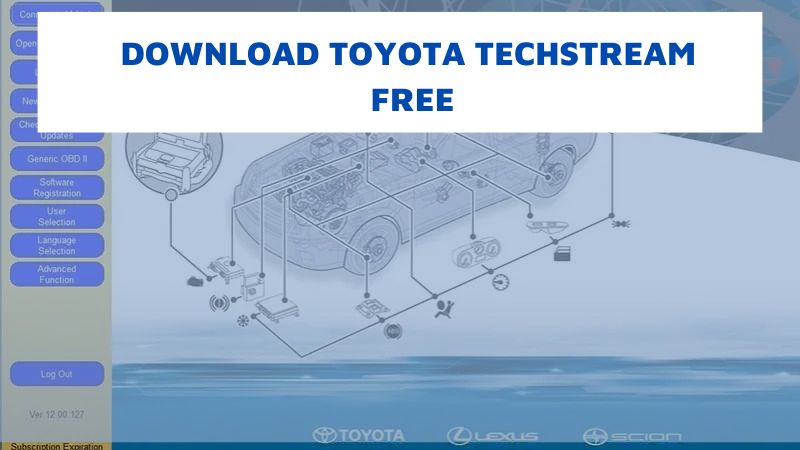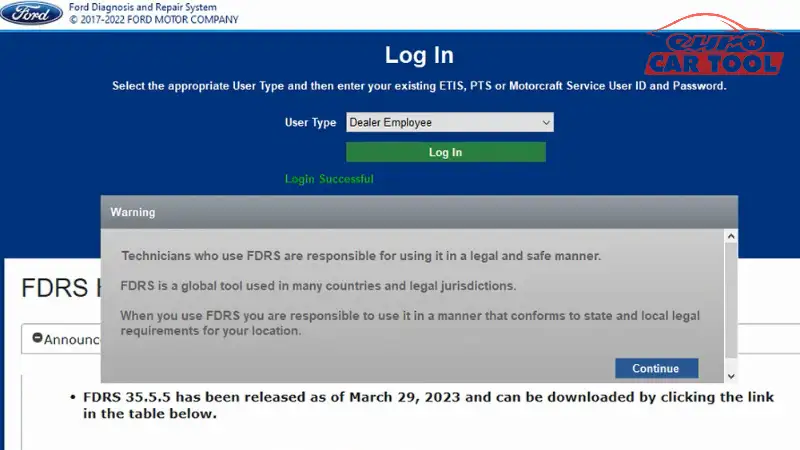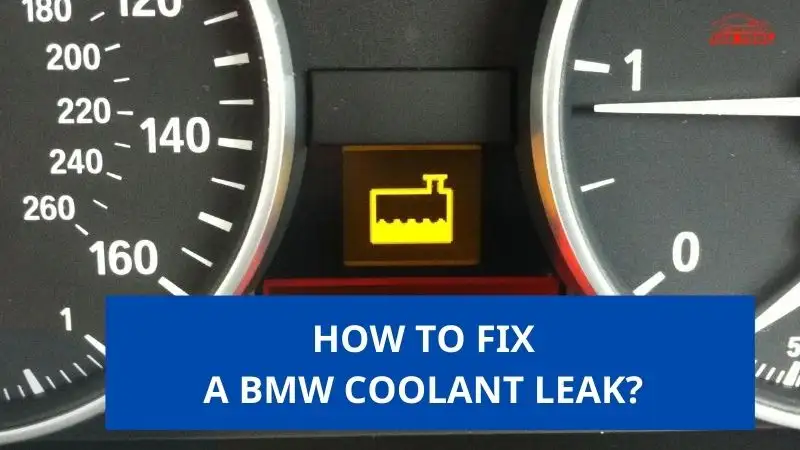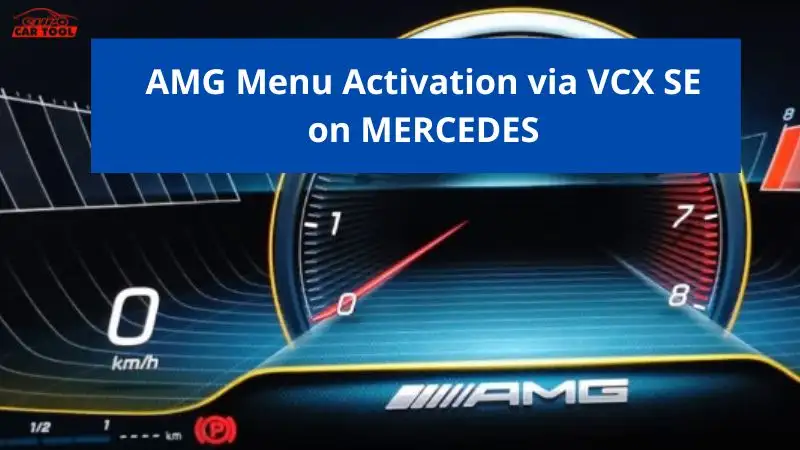No products in the cart.
How to install a trailer brake controller?
Knowledge share, Repair Manual
21/08/2023
How to install a trailer brake controller steps are detailed instructions on how to install and set up the tool to suit the vehicle. This information is very suitable for car owners who want to install the Trailer Brake controller themselves or technicians in the repair garage. Let’s find out in the article below.
What is Trailer Brake controller?
Trailer Brake Control is an electric brake system control module installed in towing vehicles to control trailer brakes. It comes with one main module, one main module adhesive pad and four 8-zip fasteners. This equipment contains transmitter/receiver(s) licensed by Innovation, Science and Economic Development Canada’s license-exempt RSS(s).

Benefits of Installing Trailer Brake Controller
Trailer Brake Controller is commonly equipped on most vehicles that use large traction such as container trucks, trailers, .. On average, tractors weigh about 18-20 tons (excluding cargo). will have to travel 40% longer than regular cars before they can come to a complete stop, which makes such cars traveling at high speeds a real fatal hazard if not possible. stop in time.
Most cars and trucks will have auxiliary brakes but lack the trailer brake controller. The installation of Trailer Brake Controller is to manage the auxiliary brake system to the maximum effect when the tractors want to decelerate. Furthermore, it also helps to maximize the effectiveness of the braking function on heavy-duty vehicles by adjusting the braking power precisely and according to the specific load the vehicle is towing.
So how to install a trailer brake controller? Check out the detailed step-by-step instructions below.
How to install a trailer brake controller for vehicle?
The how to install a trailer brake controller system controller is complicated or not depends on the structure of the brake system on the trailer. In the following tutorial, Eurocartool experts will present this step by step in detail:
Step 1. Gather all the tools and equipment needed for the how to install a trailer brake controller steps. This may include trailer brake controllers, extension cords, wire connectors, electrical tape, socket wrenches and drills.
Step 2. Locate the brake controller in your vehicle. This is usually located under the dashboard on the driver’s side, near the steering column. Make sure that there is enough space to mount the controller and that the controller is easily accessible.
Step 3. Disconnect the negative terminal of your car battery to avoid any electrical accidents during installation.
Step 4. Attach the brake controller using the supplied screw and bracket. Make sure it is securely fastened and will not move or vibrate while driving.
Step 5. Connect the wiring harness to the brake controller. The connector will have a plug that matches the connection port of the controller. Insert the plug into the port until it clicks into place.
Step 6. Locate the vehicle’s brake switch wire. This wire is usually found under the dashboard near the brake pedal. Refer to your vehicle’s wiring diagram or use a test light to determine the correct wiring.
Step 7. Using a wire connector, wire the brake controller’s brake switch to the vehicle’s brake switch wire. Peel off the ends of both wires, plug them into the connector, and crimp the connector firmly.

Step 8. Connect the power cord of the brake controller to the positive terminal of the vehicle battery. Use a fuse holder to protect the circuit and prevent any electrical damage. Peel off the end of the power cord, insert it into the fuse holder, and secure the connector.
Step 9. Connect the ground wire of the brake controller to a suitable ground point on the vehicle. This can be a metal bolt or screw on the chassis. Peel off the end of the ground wire, wrap it around the ground point, and tighten the bolt or screw.
Step 10. Use electrical tape to secure and secure all wire connections, making sure that there are no exposed wires or loose connections.
Step 11. Reconnect the negative terminal of the car battery and check the brake controller. Start the car and apply the brake to make sure the controller is working properly.
Step 12. Adjust the brake controller settings according to the manufacturer’s instructions. This may include setting gain, sensitivity or other parameters to ensure proper braking performance.
Step 13. Finally, test your trailer’s brakes by connecting your trailer and pulling it into a safe area. Apply the brake gradually to ensure that the trailer brake engages and stops the trailer smoothly.
Step-by-step instructions on how to install a trailer brake controller make it easy to follow.
Note: You should refer to the vehicle owner’s manual and the specific instructions that came with the brake control unit for detailed and vehicle-specific installation steps.
Above are the steps how to install a trailer brake controller. You can completely follow the steps above to install successfully.
In addition, to determine the fault of the vehicle, you will need professional diagnostic software and equipment. Eurocartool provides a full range of software and specialized equipment for Mercedes Tool, BMW, JLR, VAG,… You can refer to our website. You can also contact us via WhatsApp: +13155472355 for remote vehicle diagnosis through remote repair service, offering a quick repair plan, saving time and money.

Brake Controller Install successfully helps to ensure safety and keep the brake system on tractors, trucks,… operating efficiently and safely. However, any mistake in the installation process will make it not work in the best condition. We recommend that you have the trailer checked and serviced when something goes wrong. Our skilled and experienced service technicians will always provide the best support so you can safely transport any of your goods.
In addition, if you have difficulty repairing, please contact us via WhatsApp: +13155472355 for remote advice and support.






